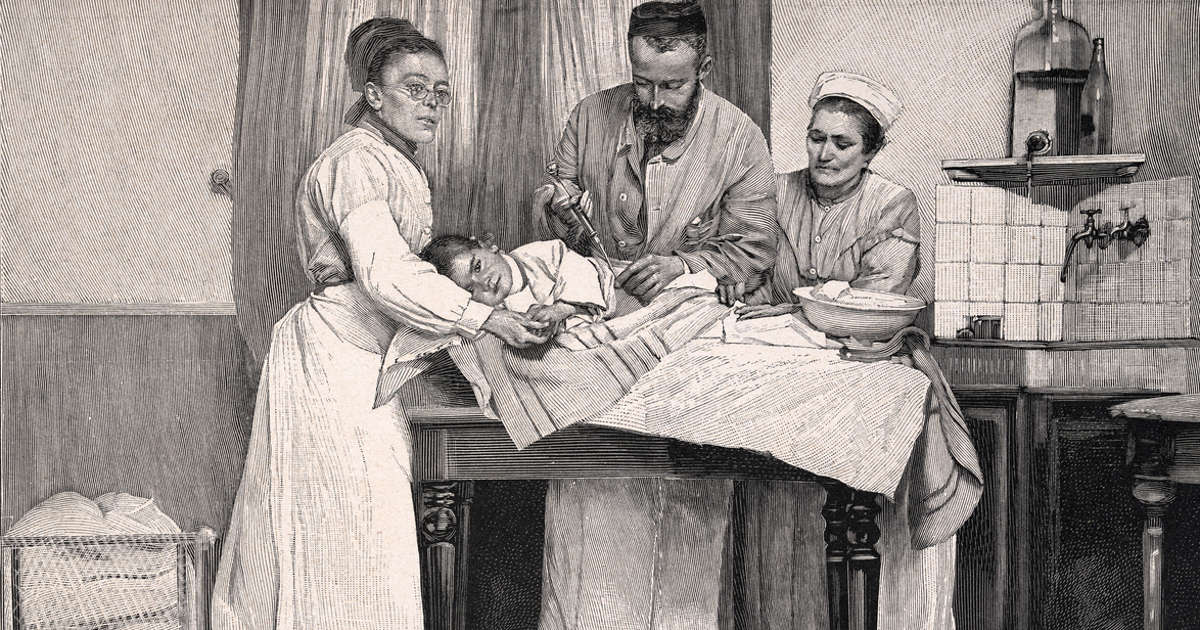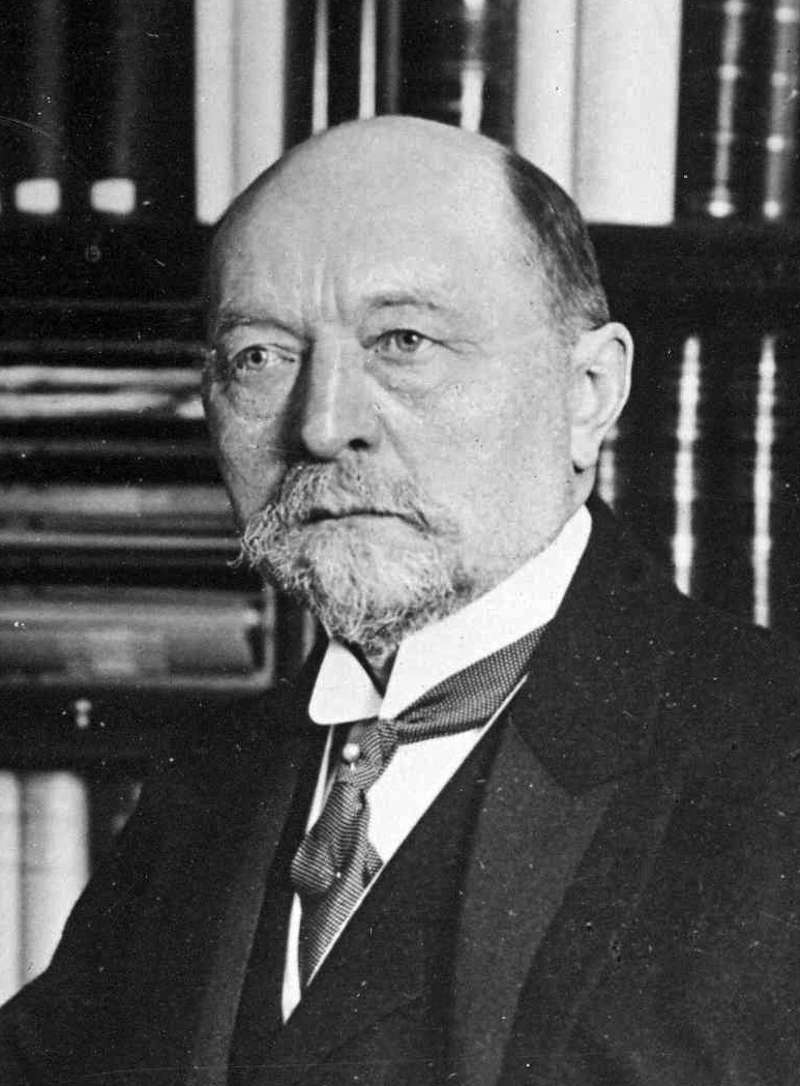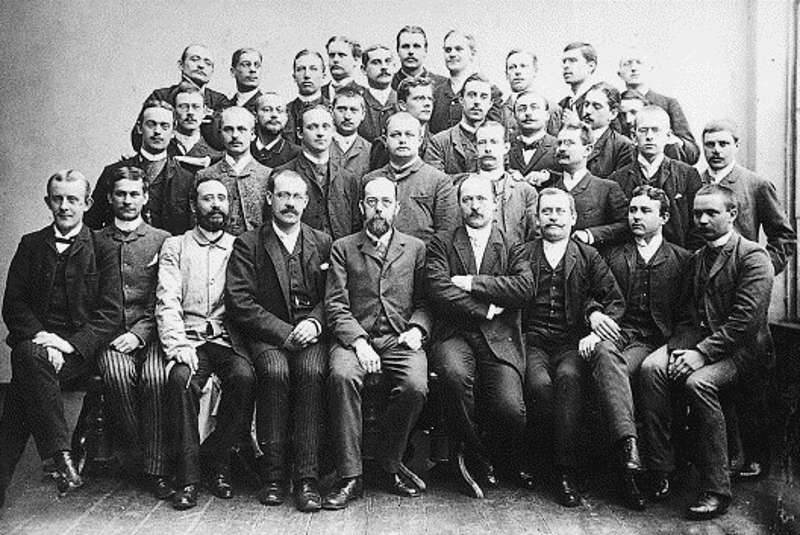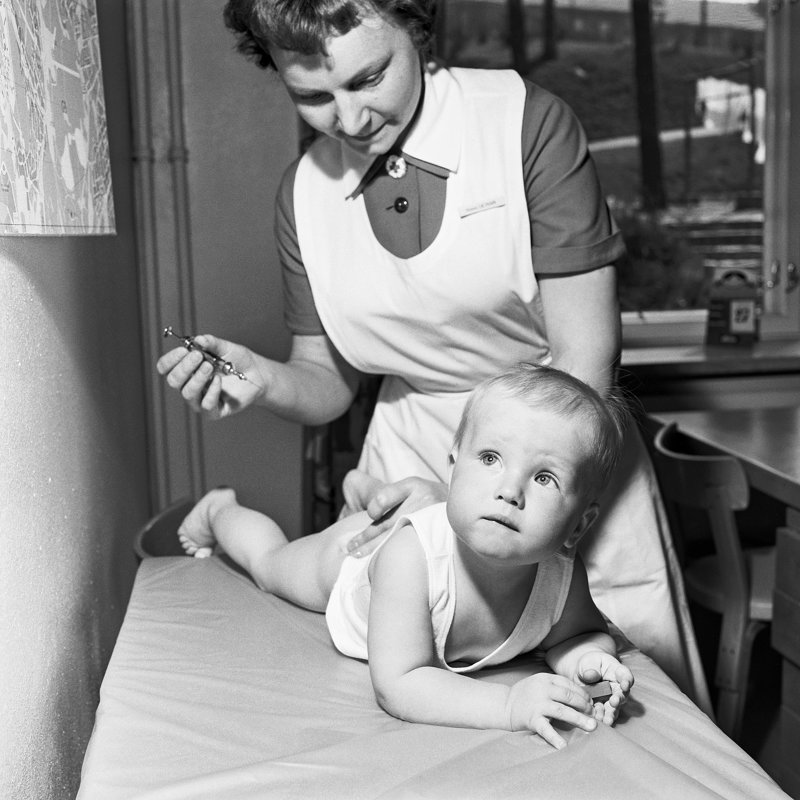Emil von Behring, first Nobel Prize in medicine and creator of a cure for tetanus

Few nicknames have made history better than Erin von Behring. Known as the “savior of soldiers and children,” this curious nickname refers to a life devoted to improving public health, especially working in immunization against tetanus and diphtheriatwo infectious diseases that seriously harmed large parts of society.
As if this recognition wasn’t already prestigious enough, Behring also received one of the highest honors a scientist can aspire to: Nobel Prize in Medicine. However, Behring’s story is somewhat different from the other winners: Emil von Behring was the first winner in history.
HAND IN HAND WITH DISEASE
Emil Adolf von Behring was born on March 15, 1854 in Hansdorf, a small town in the former East Prussia, into a modest family: he was oldest of 13 children, so access to university was a big problem due to their economic limitations. However, his intelligence and great talent did not go unnoticed by one of his school teachers, who recognized the enormous potential that Emil had within himself and helped him achieve success. scholarship to study medicine. Thanks to this, Behring was able to begin his studies in 1874 at the Berlin Military Academy, however, taking upon himself the obligation to provide services to the army in exchange for his education.
While working as a military doctor, Emil von Behring had to deal with atrocities on the battlefield, including tetanusan infectious disease that affected many soldiers wounded in battle, as well as many pregnant women and their children.
Contact with the infection affected him so much that he began to study on his own. research and work on various solutions to fight the disease. During this period of training, Bering also encountered diphtheriaanother infectious disease that was causing enormous damage to public health, especially among children.
Thus, when Behring was able to leave the army in 1889, he did not hesitate to join the scientist Robert Koch as an assistant at the Institute of Hygiene at the University of Berlin, after which continuing his research became a much simpler task.
Later, in 1891, he moved to Institute of Infectious Diseases under Koch’s leadership, and years later his dedication and contribution led him to be appointed professor at the University of Halle in 1894 and, in 1895, director of the Institute of Hygiene in Marburg.


Emil von Behring (1854-1917) on his 60th birthday in his workshop in Marburg. A fragment of a photograph by Waldemar Titzenthaler, who came to this event from Berlin.
SAVIOR OF SOLDIERS AND CHILDREN
In the 1890s, Emil von Behring joined the Japanese bacteriologist. Shibasaburo Kitasato conduct a definitive study of the infectious diseases that so shocked Bering during his military service. By joining forces, they both discovered tetanus antitoxindemonstrating that by injecting the blood serum of one immunized animal into another, immunity against the disease was developed in the second.
It was a really important discovery when it was realized that immunized animals have substance in your blood able to control infection. By analyzing the blood of various guinea pigs immunized against tetanus, both confirmed that when the serum from these animals was injected into other non-immunized animals, very positive results were obtained, paving the way for the use antitoxin serums in the treatment of infectious diseases.
Soon Bering and Kitasato continued harvesting. new successes in their investigations: they used serums to treat a girl seriously ill with diphtheria, managing to save her life. This fact prompted Bering to finally confirm the existence of certain substances, which he called antitoxinswhich were able to neutralize toxins produced by bacteria, which represented an important advance in knowledge about body protection against infectious diseases. With these discoveries, Bering laid the foundation for the development of methods for treating various infectious diseases based on antitoxin serums.


Bacteriology course at the Institute of Hygiene of the Friedrich-Wilhelms-University of Berlin. Robert Koch and Emil Behring are seated in the center.
NOBEL PRIZE
Although, without a doubt, Emil von Behring’s moment of greatest glory came in 1901, when he received the first Nobel Prize in Physiology or Medicine, becoming the first scientist in history to receive such recognition. The prize was awarded largely due to his discoveries in the field of anti-diphtheria serum, in which he demonstrated that resistance to the disease was found not in the cells of the body, but in the cells of the body. free blood serum cells. Without a doubt, this was a discovery that opened up new possibilities for treating diseases and marked the beginning of an era of research in the field of vaccinology and serotherapy.
However, despite his scientific achievements, Behring’s Nobel Prize was surrounded by controversy because Shibasaburo Kitasato’s collaboration was not recognized., his main research partner, in the discovery of tetanus antitoxin. Moreover, other scientists of the time, such as Emilie Roux and Alexandre Yersin, authors of the discovery of diphtheria toxin, i.e.They were also excluded from this recognition..
In this context, Behring was the only one whom the Nobel Prize established as a leading figure in the history of medicine, placing his contributions in the fundamental framework for the study of immunology and immunization.


